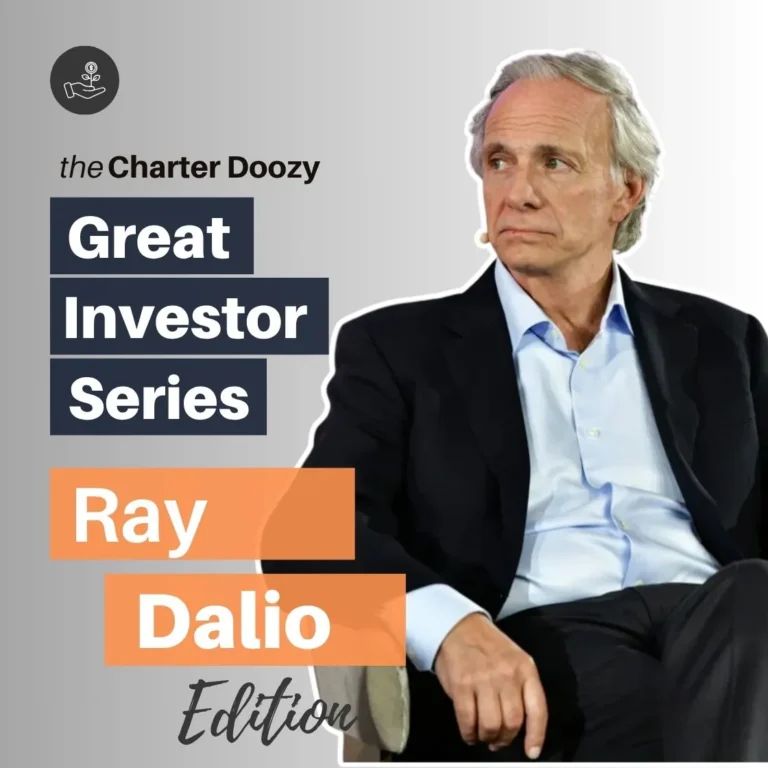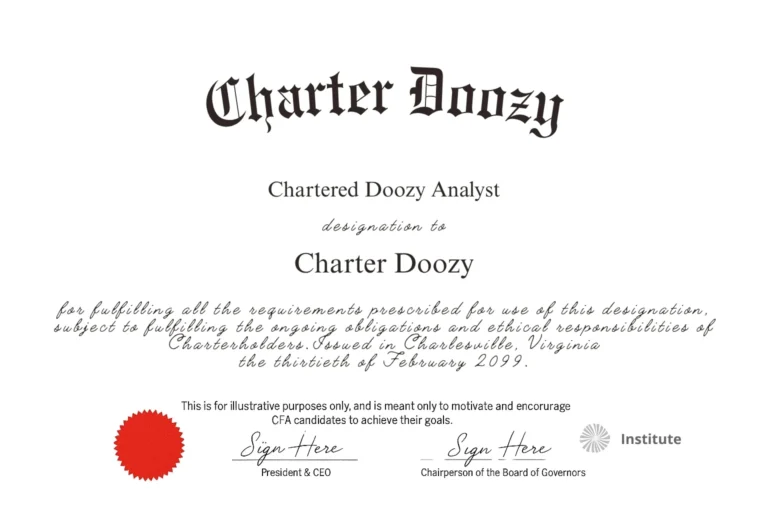⭐ Ray Dalio – Quick Facts
“Pain + Reflection = Progress”: The Radical Transparency of Ray Dalio
In the early 1980s, Ray Dalio made a stunning prediction: that the global economy was headed for a catastrophic depression akin to 1929. He testified before Congress, wrote extensively, and staked his reputation on the forecast.
Then the opposite happened. The economy recovered, markets soared, and Dalio was left humbled, nearly bankrupt, and forced to lay off every employee at his fledgling firm—except himself.
Years later, Dalio would write:
“I learned that I needed to be radically open-minded and radically transparent to be successful.”
That principle—pain plus reflection equals progress—became the foundation of one of the world’s most successful hedge funds, Bridgewater Associates, and one of the most distinctive philosophies in modern finance.
For CFA candidates and finance professionals, studying Ray Dalio is an invitation to explore not just how to build investment strategies, but how to think, decide, and manage risk in a world defined by uncertainty and human psychology.
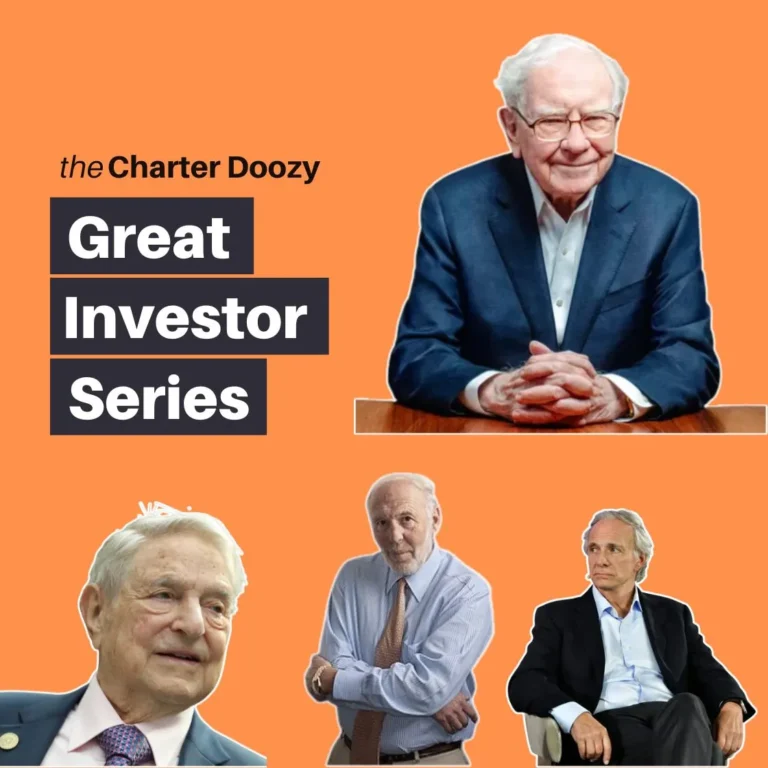
Want to think like the world’s best investors?
Dive into the mindsets, philosophies, and powerful quotes from legends like Soros, Fisher, Dalio, and more. Learn timeless strategies that turn insight into wealth – and transform how you see the markets.
Who Is Ray Dalio?
Ray Dalio was born in 1949 in Queens, New York. The son of a jazz musician, he began investing at age 12, buying shares of Northeast Airlines for under $5 and tripling his money when the airline merged. He earned his bachelor’s degree from Long Island University and an MBA from Harvard Business School.
After working on the floor of the New York Stock Exchange and at Dominick & Dominick LLC, Dalio founded Bridgewater Associates in 1975 from his two-bedroom apartment. What began as a small advisory service grew into the world’s largest hedge fund, managing well over $100 billion at its peak.
Dalio’s style is macro-focused, data-driven, and highly systematic. He pioneered the concept of risk parity, popularized radical transparency in organizational culture, and has written extensively on economic history and principles of decision-making. He’s sometimes called “the Steve Jobs of investing,” not only for his track record but for how Bridgewater’s culture challenges traditional ways of running a firm.

The Core Philosophy: Principles, Systems, and Risk Parity
Principles as Operating System
Central to Dalio’s approach is the idea of living and working by explicit principles—a set of rules distilled from decades of mistakes and successes. Dalio argues that individuals and firms should write down their principles for making decisions, so they can learn, adapt, and avoid repeating errors.
In his words:
“I believe that the key to success lies in knowing how to both fail well and succeed well.”
This concept echoes the CFA curriculum’s emphasis on disciplined processes and investment policy statements, though Dalio’s philosophy goes far deeper into psychology, radical honesty, and organizational dynamics.
The Holy Grail of Investing
Dalio developed a mental model he calls the “Holy Grail of Investing.” It’s the notion that by combining uncorrelated return streams, investors can achieve high returns with low risk. He formalized this concept into what is now known as risk parity.
Instead of allocating capital based solely on traditional asset class weights, Dalio advocates allocating risk evenly across diverse assets—bonds, equities, commodities, currencies—to achieve balance in all economic environments.
Consider the traditional 60/40 portfolio. Although 60% of the capital is in stocks, the vast majority of risk (as measured by volatility) is still driven by equities. In Dalio’s risk parity framework, lower-risk assets like bonds are leveraged to contribute equal risk, creating smoother portfolio returns.
This connects directly with the CFA curriculum’s teachings on portfolio construction, asset allocation, and the benefits of diversification—though Dalio pushes the concept further into the realm of systematic leverage and correlation analysis.
Understanding Economic Machines
Dalio views economies as “machines” driven by cause-and-effect relationships. He famously created a 300-year economic history model to study cycles of debt, deleveraging, and monetary policy. This work culminated in his book, Principles for Navigating Big Debt Crises, which dissects historical examples from the Great Depression to the 2008 financial crisis.
Dalio’s belief is that understanding these repeating patterns enables investors to anticipate market shifts before they become obvious—a mindset deeply tied to CFA topics like macroeconomic analysis, monetary policy, and scenario modeling.
Famous Trades and Career Highlights
Predicting the 2008 Financial Crisis
Dalio’s reputation for macro foresight was cemented during the Global Financial Crisis. In the mid-2000s, Bridgewater’s models began flashing red on excessive leverage and unsustainable debt growth in the U.S. housing market.
By carefully studying economic history, Dalio anticipated a “deleveraging” akin to past debt crises. Bridgewater constructed trades that would profit from falling asset prices and reduced risk appetite. When the crisis hit, the Pure Alpha fund posted gains while many competitors suffered double-digit losses.
This is a live demonstration of CFA curriculum principles—macroeconomic analysis, credit cycle understanding, stress testing, and risk management. Dalio didn’t merely speculate; he built a systematic, evidence-based conviction that positioned Bridgewater for one of the greatest macro trades of modern times.
All Weather Portfolio
Dalio’s development of the All Weather portfolio in the 1990s is another landmark. Designed to perform well across four economic environments—rising growth, falling growth, rising inflation, and falling inflation—the All Weather portfolio became the blueprint for risk parity strategies industry-wide.
This connects directly to CFA readings on portfolio diversification, risk budgeting, and the mathematics of correlation and volatility. Dalio operationalized the idea that diversification works best when assets behave differently under different economic scenarios.
Painful Early Lesson: The 1982 Mistake
Perhaps Dalio’s most instructive story is his early error predicting a depression in 1982. He bet heavily against the market, only to watch stocks and the economy rebound. The mistake was so severe that Dalio had to borrow $4,000 from his father to pay his bills.
Rather than destroy him, this moment became Dalio’s crucible. He began recording his thoughts, analyzing where he went wrong, and systematizing his decision-making process—a practice every CFA candidate can relate to when studying ethics, risk control, and behavioral biases.
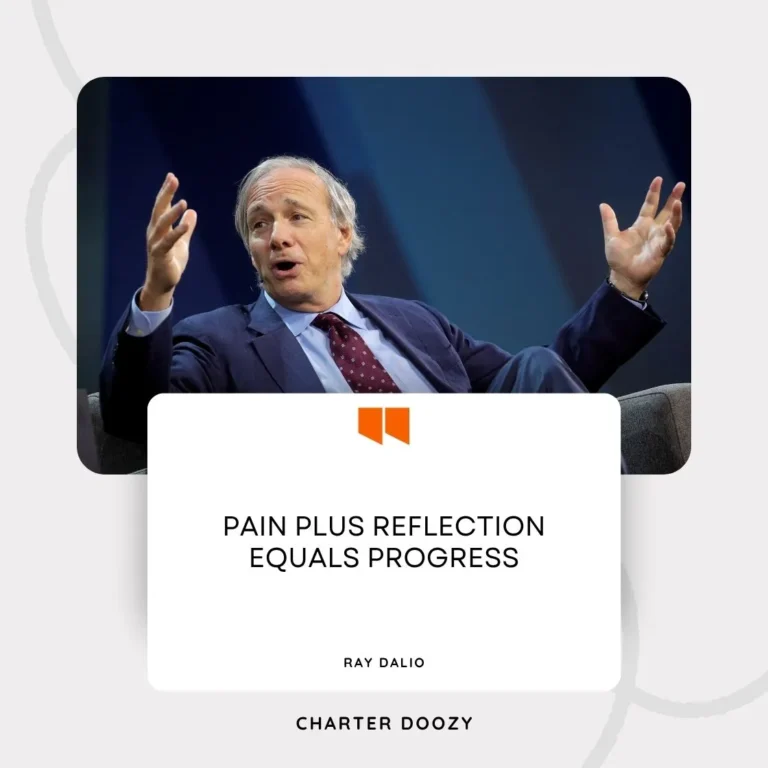
Lessons for CFA Candidates and Professionals
Process Over Prediction
Dalio teaches that investing isn’t about always being right. It’s about having a robust process for making decisions, stress-testing them, and adjusting when reality changes. This philosophy resonates deeply with the CFA curriculum’s emphasis on investment policy statements, disciplined research, and professional skepticism.
For candidates, Dalio’s approach underscores that it’s not enough to know valuation formulas—you need a repeatable framework to handle uncertainty and mistakes.
Embrace Radical Transparency
Dalio’s insistence on radical transparency—where anyone in the firm can challenge anyone else—might seem extreme. Yet it’s rooted in a desire to eliminate blind spots and groupthink.
This principle links beautifully to CFA ethics and standards around integrity, diligence, and independence of thought. While not every firm will adopt Bridgewater’s practices wholesale, the lesson is clear: openness and honest debate improve decisions.
Think in Probabilities
Dalio encourages thinking in probabilities rather than certainties—a habit drilled into CFA candidates through readings on risk management, scenario analysis, and Monte Carlo simulation.
He trains his team to consider a range of outcomes and assign probabilities, ensuring they aren’t blindsided by low-probability events. For CFA professionals, this is essential when modeling portfolio risk and designing hedging strategies.
Correlations Are Not Static
Bridgewater’s risk parity framework is built on recognizing that correlations between asset classes change in different environments. CFA readings on modern portfolio theory often assume fixed correlations, but Dalio’s work emphasizes monitoring and adjusting these assumptions dynamically.
This is a powerful practical insight: portfolios that look diversified in backtests can fail catastrophically when correlations spike during crises.
Criticisms and Debates
Dalio’s style and Bridgewater’s culture are not without controversy. Some former employees describe the environment as brutally demanding, with every conversation subject to recording and scrutiny. Radical transparency, while intellectually appealing, can be psychologically taxing.
Moreover, risk parity has faced criticism, particularly during periods when bonds and equities decline simultaneously, such as in 2022. Critics argue that leveraging bonds to equalize risk can amplify losses if inflation-driven bond selloffs coincide with falling stocks.
Another debate surrounds Bridgewater’s size. Managing over $100 billion makes it harder to achieve outsized returns. Some question whether Dalio’s principles can generate the same alpha in an era of high competition and sophisticated quant strategies.
Where to Learn More
Those eager to dive deeper into Dalio’s thinking should explore:
- “Principles: Life and Work” by Ray Dalio, a blend of memoir and operating manual for decision-making.
- “Principles for Navigating Big Debt Crises” by Ray Dalio, essential reading for macroeconomic insights and crisis analysis.
- Dalio’s regular essays and videos on LinkedIn and Bridgewater’s website, which dissect current market conditions through his macro lens.
- Interviews on podcasts such as Masters in Business and conferences like the World Economic Forum.
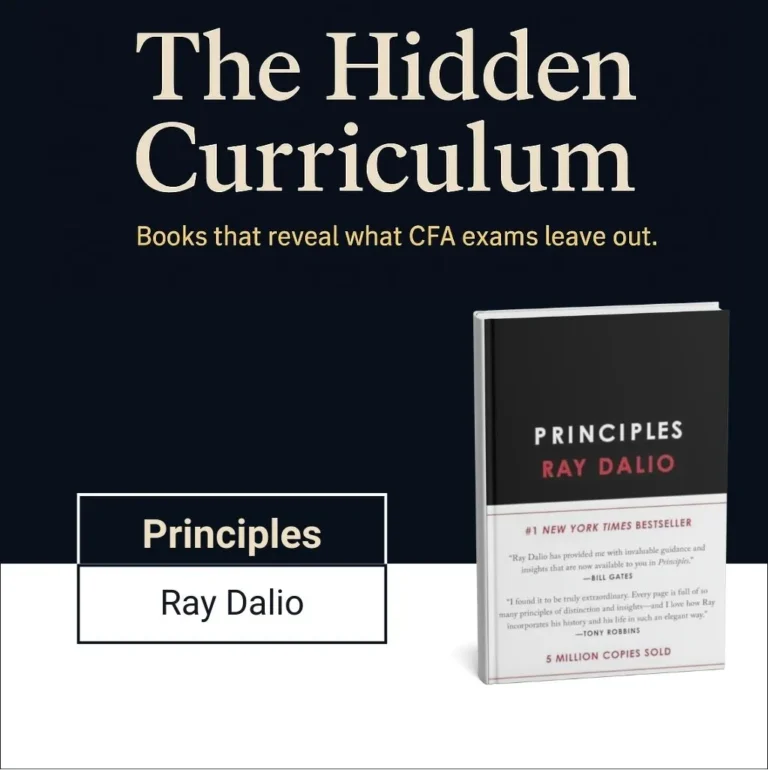
A Final Word: Building Your Own Principles
Ray Dalio’s story is more than one of market success. It’s a narrative of intellectual humility, relentless learning, and the courage to question assumptions. His legacy isn’t just billions under management—it’s a set of principles that help investors navigate uncertainty.
For CFA candidates and professionals, Dalio offers an enduring lesson: investing greatness comes not from avoiding mistakes, but from building systems to survive and learn from them.
So as you wrestle with CFA concepts like risk attribution, asset allocation, and macro analysis, remember Dalio’s mantra:
Pain plus reflection equals progress. Keep learning. Keep questioning. And keep writing your own principles to guide the journey ahead.
